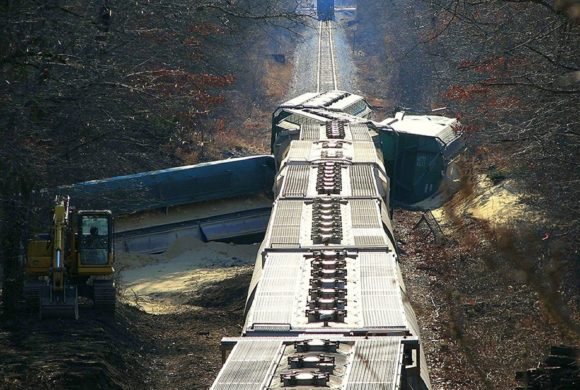Train collisions with passenger vehicles or trucks occur at the rate of one every two hours. When they occur, even the strongest and sturdiest semi-truck can be decimated by the weight and momentum of the train. There are more than 250,000 railroad crossings in the United States and this means that there are plenty of points where collisions can take place.
Most recently, a four-locomotive train with 33 cars collided with a FedEx truck near Franklin. The impact destroyed the truck and caused severe injuries to the 34-year old driver.
Accident & Fatality Rates
There were 2,059 train collisions with vehicles in 2015. These collisions caused 244 fatalities and 967 injuries. The number of accidents and fatalities has remained steady over the past seven years. While the number of accidents has fallen steadily since the 1990’s, the statistics show that the risk of collisions remains significant.
Causes of Collisions
Trains collide with trucks for a number of reasons. These include mechanical failure, human error, track problems, malfunctioning crossing equipment, poor signage, and inadequate lighting at crossings. In many cases, train/vehicle collisions occur not because of one single factor, but rather as a combination of factors that create a deadly situation.
Severe injuries are quite possible when a train collides with a vehicle. The momentum of the train can cause a considerable amount of force to be transferred into the truck. This force can cause whiplash, break bones, and cause concussions/contusions. It may also cause severe internal injuries including bleeding and bruising to organs. These injuries can severely hinder a driver’s ability to work and may lead to the need for long-term treatment and care.
Assigning Liability for Truck/Train Collisions
Railroad companies and rail lines have a legal responsibility to maintain railroad crossings. They must make sure that the safety equipment is fully functional and that visibility is not hindered at crossings under their control. It is the responsibility of the Federal Railroad Administration and the Federal Highway Administration to ensure that these railroad companies and rail lines are in compliance with existing regulations and requirements.
When a truck/train accident occurs, the locomotive’s train event recorder (black box) will be studied by investigators, law enforcement, and the truck driver’s Nashville truck accident lawyer. This device gathers information about the train’s speed, direction, horn operation, lighting functions, and brake operation. This information can be used to show the factors that came together to cause an accident.

